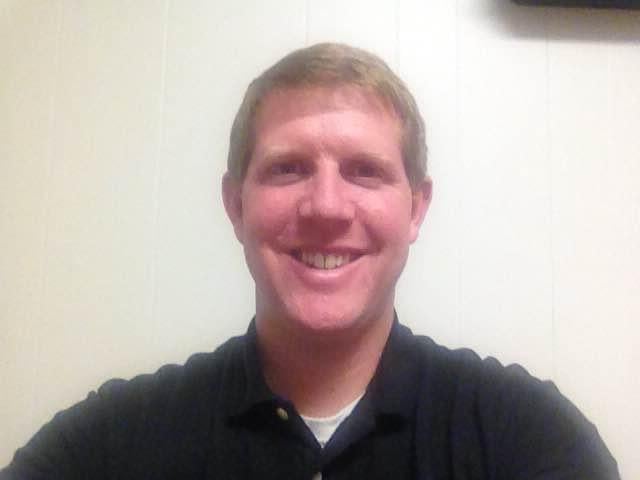
In part one of this series, we reflected on the inadequacy of the professional learning model that we see most of the time in education. Teachers receive one day of learning and then are sent on their way. Instead of getting a chance to really work on the model with time to implement and then reflect on the learning, teachers are thrown right back into their classrooms.
Here are the top three issues that were discussed in part one:
- Professional learning has to be more timely—teachers can’t wait to learn something they need to learn.
- Professional learning should include opportunities for the teacher to practice and use the strategies, just like we have students do in the classroom.
- Professional learning should be relevant to the learner. If the teacher believes something doesn’t really apply to them, the leader of the professional learning should work to make it relevant to the audience.
First, we are going to think about how we can make professional learning more timely for staff. It's true that bringing in a speaker for an entire staff development day is very efficient and can be very impactful, but if your district is like mine, we have these spread out throughout the school year. Teachers often comment that certain times of the year aren't convenient to be learning something new. I respect their opinion—to an extent, there is never adequate time to practice and implement new things. I think what they mean is that this strategy would have been better earlier in the year or during a period with less going on. There is probably no perfect time for all teachers, so what do we do?
If we take the “I do, we do, you do” instruction model from Explicit Instruction that we discussed in part one, we can think about it in terms of making learning timely for teachers. We can ask ourselves how the “I do” portion can be more timely, and then do the same with the “we do” and then the “you do” portions of this model.
Here are some tips to help you achieve timeliness for your teachers:
I do: This part of the learning is when the teacher gains the knowledge. While full-day workshops are often great for this, they can lack the timeliness that is needed for our teachers. For example, when a teacher would like more information on a topic—like classroom management or an instructional strategy—they have to wait until a local training is available, which can take a while.
One solution is to use online resources for teachers to learn new information. This can be effective in that these can cover just about any topic, are usually professionally made, and are able to meet the needs of teachers in a timely way.
Another opportunity for being more timely is to create on-demand video resources yourself for teachers. I often use this strategy in our district if there is something simple that can be demonstrated over a screencast video. Teachers can watch it when they have time and revisit as needed.
We do: Teachers need the chance to practice and implement the strategies that they have learned. When they return to the classroom, they usually jump right into the next school day and put the new materials to the side. How can we help to prevent this?
First, we can help them to plan and process the information they have learned. When I travel to a conference with others, I sometimes schedule time at the end of the day for us to discuss our next steps and plans. This helps put a timeline to the learning so we don’t put it to the side.
Another model that is very impactful is professional coaching. Some schools have instructional coach positions who do this full time. This is really an ideal way to do “we do” practice in the classroom. The coach can model, co-teach, or just provide feedback to the teacher.
You do: Depending on the topic, the steps above might not be necessary. There are times when the professional learning is something that a teacher can easily implement quickly into the classroom. Even so, it's good to have a plan or timeline for the “you do” portion of the teacher trying the strategy. This can come from a principal creating a deadline for implementation or from the teacher’s individual plan for how they are going to use it. Essentially, some kind of accountability can be created to ensure that the learning isn’t pushed to the side and not used by the teacher.
Hopefully these tips can help us think differently about how we make professional learning a timely experience for our teachers. Did you miss the first part of our Professional Learning That Works series? Be sure to check it out here.
While you wait for part three, be sure to check out Boxlight's training and professional development opportunities.>>



